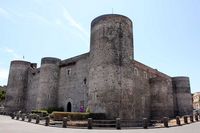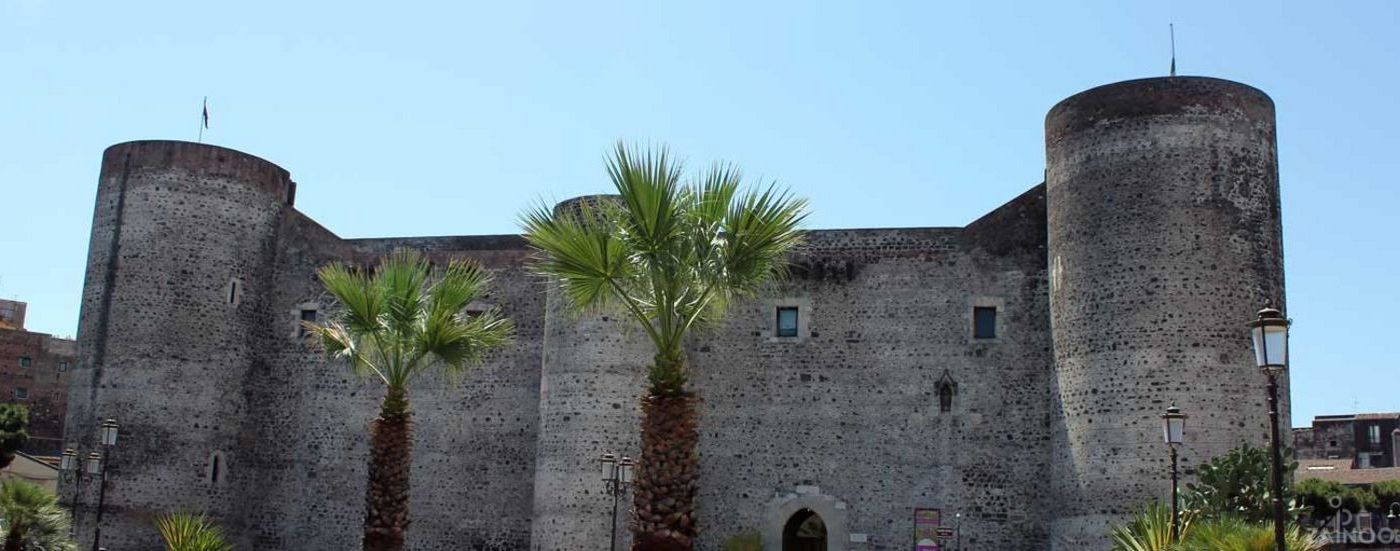Sicily during the Middle Ages
The island as a playground of the great European powers
Sicily's medieval history is marked by numerous conflicts and reign changes. After the uprising against Byzantium, the Arabs, who were called in to help, conquered the island in 100 years. They were followed by the Normans, the German Hohenstaufen, the French and finally the Spanish. They all left their mark in Sicily and determined the fate of the island. As victims of the numerous regime changes and suppression, the Sicilian population’s lot changed little over the centuries.
Arab golden age in Sicily
In 827 the governor of Syracuse rose up against the Byzantine Empire and asked the Arabs for help in the struggle for Sicilian independence. On June 17th,827, the Arab fleet landed at Mazara and ended the rule of Byzantium. Instead of Sicilian independence, the Arabs began to conquer Sicily, which took them almost 100 years and was ended with the conquest of Taormina in 907 and Messina in 925. Sicily was divided into three administrative regions and the capital for the first time moved from Syracuse to Palermo, which grew in the following years to become one of the largest cities in Europe. The ruling emirs maintained absolute control of justice and religious tolerance. A golden age dawned for the island, which brought numerous new crops, the development of natural resources, new foods such as pizza, pasta and ice cream as well as a thriving cultural life and extraordinary wealth for Sicily.
Normans and Staufer
Disagreement between the Emirs and the intervention of the pope prompted the Norman Roger I, brother of Robert Guiscard, who ruled in Southern Italy, to land with his fleet in Sicily in 1061. After 30 years of fighting with Noto the last Arab bastion fell in 1091 and Sicily became a Norman kingdom. Openness, absolute religious freedom and tolerance also characterised the Norman period in Sicily and brought prosperity and prestige to the island, which still served as a hub between East and West. With the death of the last successor of Roger II in 1194, the German Hohenstaufen Henry VI and Frederick II would finally go on to rule Sicily for 70 years.
Decline of Sicily: French and Spanish
With the death of Frederick's illegitimate son Manfred in 1266, the brief and bloody French interlude began in Sicily at the Battle of Benevento against Charles of Anjou. Sicily was annexed to the Kingdom of Sicily-Naples and the capital moved to Naples. Sicily became a subordinate country, where the hated Frenchmen were characterised mainly by brutality, corruption and oppression. Hate and discontent of the people and the nobility culminated in the Sicilian Vespers of 1282 - a popular uprising where the French were expelled from the country and Peter of Aragon, the husband of the last Staufer Constance, was appointed as the new king of Sicily. Under the Spanish rule of Aragon the troubled country could not be recovered. Through the establishment of Spanish viceroys, and the strengthening of the large landowners and gentry, the population was driven into absolute poverty - famine and poverty were the consequences.



Tweet